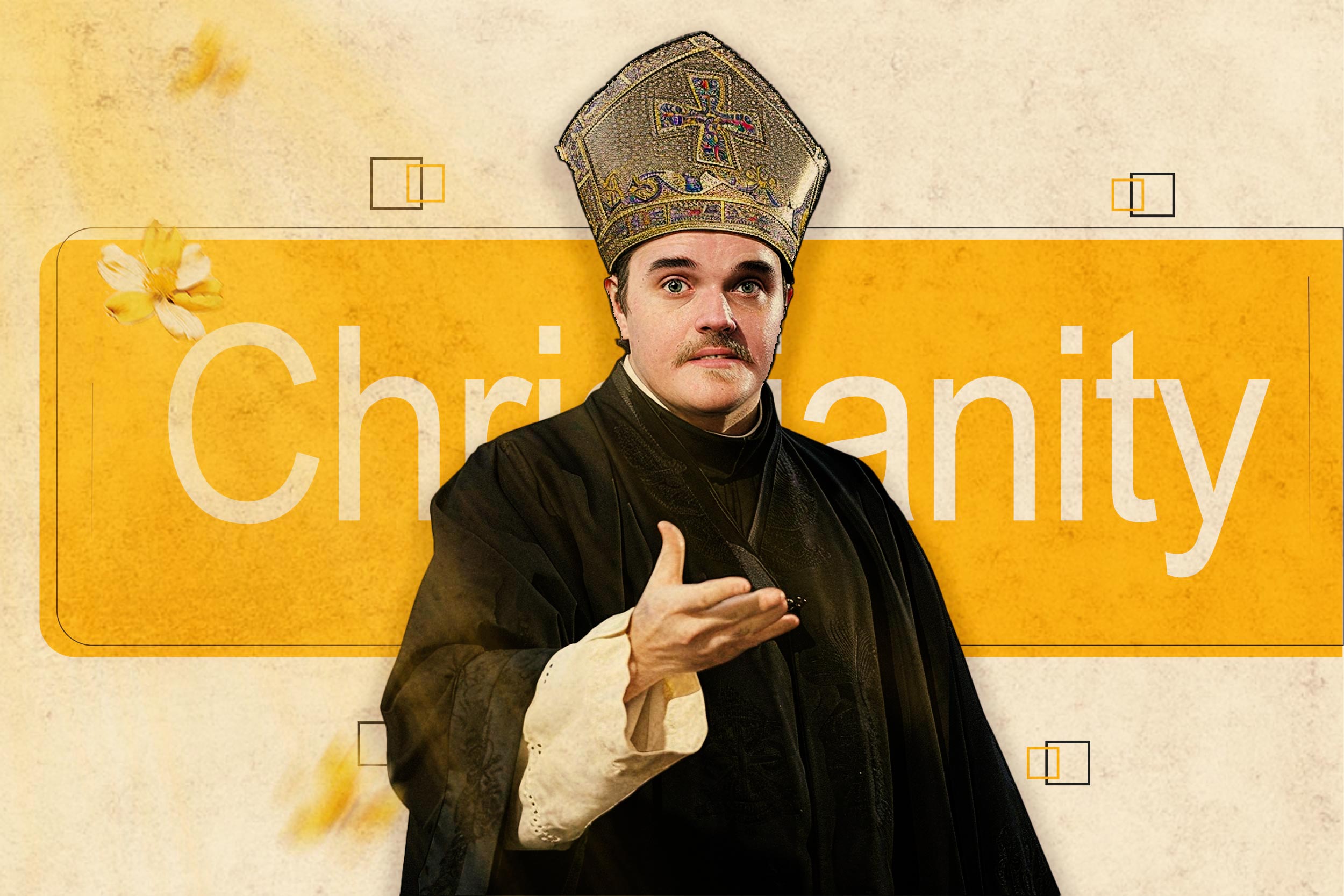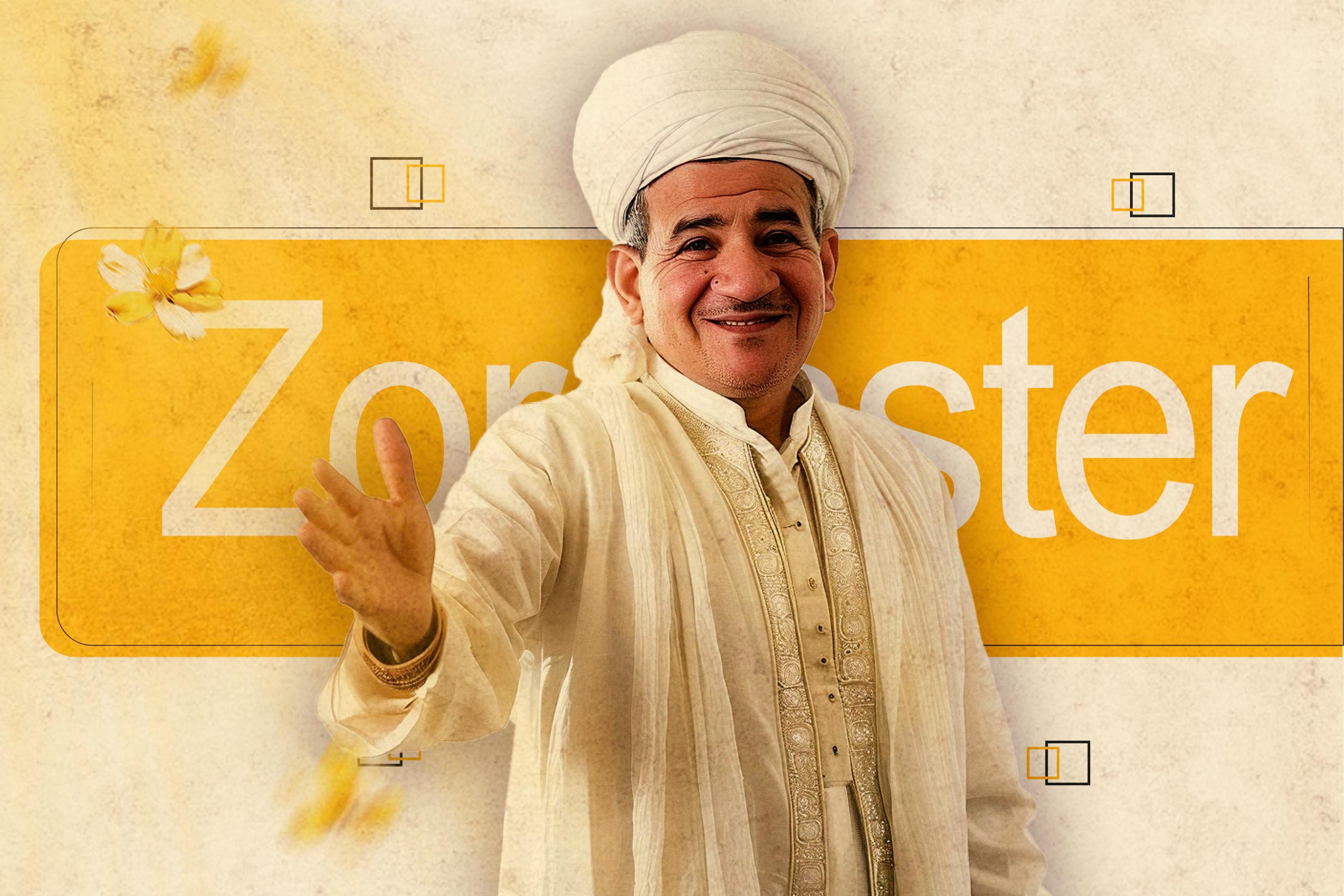An Overview of Buddhism and the Savior in Buddhism
All religions are filled with hope. Based on the worldview they present, religions create specific beliefs and expectations about human beings and the world. However, a common element among most religions, both divine and non-divine, is the belief in a savior figure.
The belief in a savior has existed for as long as humanity itself. It is one of the most fundamental religious beliefs found across different faiths. In this text, we aim to examine the presence of the savior in Buddhism and the nature of this belief.
Historical research confirms the existence of the Buddha as a real figure who lived during a specific period in history, although few reliable sources are available regarding his life and teachings. His original name was Siddhartha Gautama. He was a prince who lived around the sixth to fourth centuries BCE in a small region on the border of present-day Nepal. At the age of twenty-nine, after observing four sights – an old man, a sick person, a dead body, and an ascetic – he abandoned his wife and only son and left his father’s palace to discover the secret of life. The adventurous prince ultimately attained enlightenment under a tree and became worthy of the name Buddha.
In the Sanskrit language, Buddha means awakening and awareness, and it is applied to all those who have attained enlightenment, although today, some Buddhists consider him the son of a god, such a claim has not been raised in older Buddhist teachings, and the Buddha has been regarded as neither a human nor a god. Today, the Buddhist faith is the official religion of the countries of Sri Lanka, Myanmar, Thailand, Cambodia, Laos, Vietnam, China, Japan, Tibet, and Mongolia.
The concept of Buddhism, as it is understood today, did not exist until the early 19th century. Early Buddhists referred to their belief system as Dhamma or Dhamma-Vinaya, meaning “law-rules” [1] or “doctrine and discipline.”
Core Beliefs of Buddhism
The Buddhist faith is based on the principle of reincarnation, and Buddhists believe that every human being is born to succeed in freeing themselves from materialistic desires and to join Nirvana or the eternal truth. Therefore, liberation from the suffering of rebirth or reincarnation constitutes the ultimate peace for a Buddhist, and the savior in Buddhism is the one whose advent will make this possibility available to everyone. In fact, Buddhists believe that when the savior comes, the suffering of rebirth and reincarnation will come to an end, and every human being will join Nirvana after death.
Buddha founded his religion based on four central truths, which are stated as follows:
- There is suffering and pain in the world.
- The root of all suffering is the human attachment to being alive and materialistic desires.
- These materialistic desires can be eliminated.
- With the elimination of these desires, misery and suffering will end.
In addition to these four central teachings, there are the “Eightfold Path” that complement Buddha’s teachings, and the Buddha has called upon his followers to act according to them: Right View, Right Resolve, Right Speech, Right Conduct, Right Livelihood, Right Effort, Right Mindfulness, and Right Samadhi (Concentration). Before the advent of the savior, a Buddhist who properly practices these teachings will succeed in breaking free from the cycle of rebirth and join Nirvana.
Alongside these commandments, there are also five moral laws that Buddhists are required to follow: Respect for living beings and abstaining from killing them, abstaining from theft, abstaining from sexual misconduct, abstaining from false speech, and abstaining from intoxication. These teachings are written in three sections known as the Sanskrit term Tripitaka or the Three Baskets of Wisdom.
A fundamental belief in Buddhism is the principle of change. This principle also applies to Buddha’s teachings. Over time, these teachings may become less attractive or interesting to people. Some stories suggest a timeline of about five thousand years for this process to occur. However, this is not a permanent state. When the time is right, another Buddha named Maitreya (savior in Buddhism) will appear on Earth to revive the teachings.[2] [3]
Buddhist Eschatology
All Buddhist apocalyptic scriptures warn of a time marked by great floods, earthquakes, and widespread diseases. These calamities are seen as a reflection of the moral decline of both religious and lay people. A text titled the Wondrous Scripture of the Supreme Lingbao Dealing with the Conversion of the Barbarians by Laozi describes people who laugh at virtuous actions and freely commit sins. In another text, the Scripture of the Bhikṣu Shouluo, the narrative revolves around a monk named Shouluo who resides in the Taining Temple in the Realm of Gentlemen. This scripture prophesies a period of great calamities, seven days and seven nights of darkness, and the descent of demonic beings upon humanity.[4]
In Mahavamsa, or the Great Chronicle of Srilanka, it is written:
After Shakyamuni Buddha attained Parinirvana (great Nirvana), the world entered a social and cosmological decline. Five thousand years after the last Buddha, the sun of Buddhist teachings begins to wane and the lifespan of humans declines to just ten years. During this time, the cycle is reversed – life becomes transformed, such that the average lifespan of people reaches eighty thousand years. With these long lifespans and the proper conditions for Buddha’s teachings, a Chakravartin (universal ruler) will arise. He will bring prosperity and well-being to the people and propagate the teachings of the Buddha. When this paradisiacal state is established, Maitreya will descend from the Tushita heaven, perfect his own Buddhahood, and teach the Dharma to the wise. Mahakasyapa, one of the Buddha’s eminent disciples, will emerge from the meditative state he entered after the Parinirvana of his teacher, in order to serve the Buddha once again and hear the teachings that have been illuminated. [5]
Maitreya: The Benevolent Buddha
The savior in Buddhism can be examined from two perspectives:
- The advent of future Buddhas, as mentioned in Buddhist teachings.
- The newer Buddhist traditions that specifically refer to the Maitreya Buddha as the Savior.
The future Buddhas are seen as those who attain enlightenment in each era and guide others to enlightenment as well. The Maitreya Buddha, known as the Loving One in Sanskrit, is a specific savior figure revered in Mahayana Buddhism. According to some Buddhist traditions, he had already fulfilled his spiritual journey and reached it long before his earthly advent as one of Shakyamuni’s main disciples.[6] He is depicted as a seated figure, ready to rise and save all of humanity. This image of the rising savior in Buddhism has similarities to the Islamic conception of the returning Savior. In Mahayana Buddhism, Maitreya is believed to be the seventh Buddha who will come after the historical Buddha. In other Buddhist traditions, he is seen as the seventh future Buddha.
The earliest known reference to the figure of Maitreya as the savior in Buddhism is found in the Cakkavatti-Sihanada Sutta, which is part of the Digha Nikaya (collection 26) in the Pali Canon:
At that period, brethren, there will arise in the world an Exalted One named Maitreya, Fully Awakened, abounding in wisdom and goodness, happy, with knowledge of the worlds, unsurpassed as a guide to mortals willing to be led, a teacher for gods and men, an Exalted One, a Buddha, even as I am now. He, by himself, will thoroughly know and see, as it were face to face, this universe, with Its worlds of the spirits, Its Brahmas and Its Maras, and Its world of recluses and Brahmins, of princes and peoples, even as I now, by myself, thoroughly know and see them.
Buddha’s Prophecy of Maitreya
The prophecy of Maitreya is a universally accepted belief across all sects of Buddhism – Theravada, Mahayana, and Vajrayana.[7] According to Buddhist tradition, Shakyamuni Buddha shared this prophecy with his disciples.[8] It is recorded in the Cakkavatti-Sihanada Sutta, an important Buddhist scripture, as follows:
And the Blessed One named Maitreya will arise in the world—perfected, a fully awakened Buddha, accomplished in knowledge and conduct, holy, knower of the world, supreme guide for those who wish to train, teacher of gods and humans, awakened, blessed—just as I have arisen today… He will teach the Dhamma that is good in the beginning, good in the middle, and good in the end, meaningful and well-phrased. And he will reveal a spiritual practice that is entirely full and pure, just as I do today…[9]
It is worth noting that some rulers even claimed to be Maitreya, highlighting the profound impact of the prophecy about Maitreya.[10]
When Will Maitreya Come
Beliefs about his advent on earth vary greatly. Some people believe it is several thousand years away, while others expect his return within a few hundred years. This difference in belief about the savior in Buddhism reflects the Buddhist community’s diverse interpretations and expectations. Historically, Chinese Buddhist sects active from the late third to sixth centuries believed in the imminent arrival of Maitreya. On the other hand, some believe that Maitreya is already present on earth and will soon reveal himself.[11] [12]
Despite varying beliefs, the wait for Maitreya’s return serves as a beacon of hope for many Buddhists.[13]
Notes
[1]. Irons, Edward A. Encyclopedia of Buddhism. Checkmark Books, 2008, p. xv.
[2]. Ellwood, Robert S. The Encyclopedia of World Religions. Infobase Publishing, 2008, p. 274.
[3]. Fathi, Saul Silas. Gods and Religions. Writers Republic LLC, 2023, p. 378.
[4]. Hughes, April D. Worldly Saviors and Imperial Authority in Medieval Chinese Buddhism. University of Hawaii Press, 2023, pp. 30-31.
[5]. Thubten, Chodron. Buddhism for Beginners. Snow Lion, 2001, p.326.
[6]. Landaw, Jonathan, and Stephan Bodian. Buddhism for Dummies. For Dummies, 2002, chapter 3.
[7]. Fathi. Gods and Religions.p.378.
[8]. Prophet, Elizabeth Clare. Maitreya on Initiation: The Coming Buddha Who Has Come. Summit University Press, 2006, p.3.
[9]. Ibid, p.26.
[10]. Ellwood, Robert S. The Encyclopedia of World Religions. Infobase Publishing, 2008, p. 275.
[11]. Prophet. Maitreya on Initiation: The Coming Buddha Who Has Come. p. 31.
[12]. Landaw and Bodian. Buddhism for Dummies. chap. 3.
[13] Ibid.
































































